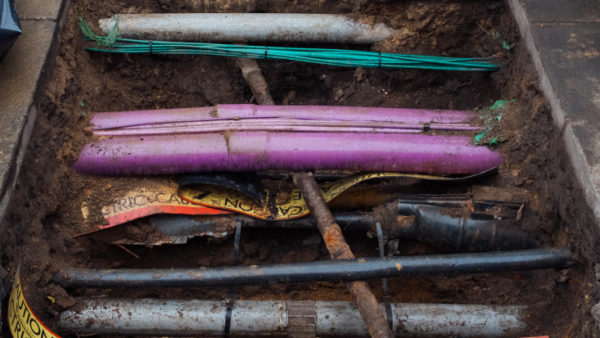
The Construction Innovation Hub’s (CIH) state of the nation report, The Digital Innovation Imperative, not only presents a positive review of the industry’s digital journey since the government’s first BIM mandate, but also highlights what remains to be done.
The CIH uses a traffic light system to highlight progress and performance so far: green means an area where existing practice and knowledge can be adopted or adapted to build capability; amber means an area where practice and knowledge are being developed but more work is needed; and red means an area where there is little activity to develop the capabilities needed or where fragmented work needs unifying.
The report reveals that of 34 distinct areas, 14 are flagged green, 15 are flagged amber and just five are red-flagged.
Of those five, the first is defining the human-computer interface.
The report states: “We must define the human-computer interface more clearly. What decisions will be safe and socially acceptable for a machine to make and what will require human input? Much more work remains to be done around the extent to which people will be able to interpret data, around transparent decision processes, and the creation of clear guidelines and processes for liability and accountability. We must ensure clear advocacy on behalf of people, living things and natural processes that are unable to speak for themselves.”
As an example of such a scenario going wrong, the report highlights the algorithm that was used by Ofqual in 2020 to computer-generate scoring of GCSE and A-Level results in the wake of covid-19. The algorithm was revoked after the algorithm was discovered to reinforce existing inequalities in the UK’s education system, thereby assigning lower scores to disadvantaged pupils from schools with historically lower success rates.
The report also notes that a national AI strategy will be published later this year and is expected to address responsible use of algorithms in data-driven decision-making.
Digital for all
Another red-flagged area is digital inclusion. The report states: “Design teams must account for a potential lack of societal digital literacy as engagement and consultation are moved online. Project teams must not exclude those who do not have the means to access the technology or are not adaptable enough to change, whether through age, demographics, economic or other factors. Many projects, including London’s Digital Exclusion Taskforce, have been set up to address this need but much more remains to be done nationally.”
“We must work together to reach a critical mass of people and organisations with the right digital skills to improve the safety, security and sustainability of the built environment.”
Data sharing is another red flag. The report says: “Significant work needs to be done to develop the right frameworks and regulations and to create the right incentives for data sharing and to reward organisations for data quality. Further work is needed to address the risk and liability around data sharing.”
It adds: “A significant portion of our built environment is managed by smaller organisations – such as local authorities and private organisations. We must ensure the processes we are developing are also fit for purpose for these smaller organisations.”
Returning to the positives, Keith Waller, CIH programme director, said: “The success of the UK’s BIM programme has shown that digital adoption is key to improving productivity and delivering better whole-life value from our assets. Now, as we emerge from the pandemic, it has never been clearer that digital ways of working are also critical to the resilience and sustainability of the sector more broadly.
“Driving the adoption of digital tools and processes is a key pillar of the Hub’s mission to transform the performance and productivity of the construction sector. Insights from data and the application of new technologies will ensure the decisions we make about our built environment today enable a bright future for tomorrow.”
Mark Enzer, director of the Centre for Digital Built Britain (CDBB), said: “We must work together to reach a critical mass of people and organisations with the right digital skills to improve the safety, security and sustainability of the built environment.”
The report is based on workshops, stakeholder interviews and desk-based research conducted by Atkins and Clementine Consulting for the CDBB, as partners of the CIH.














